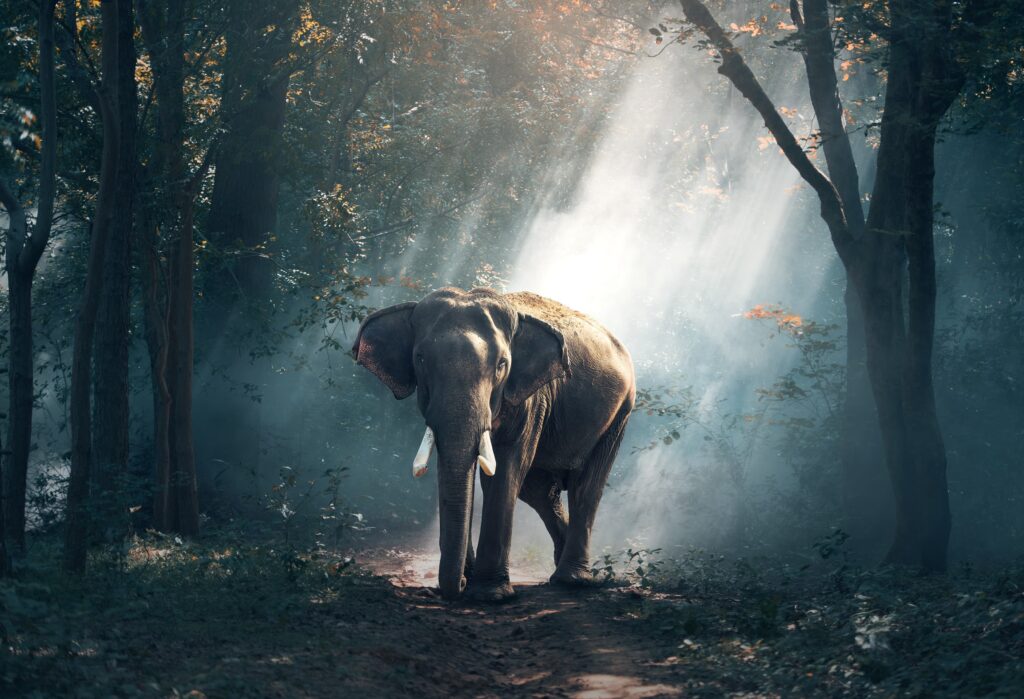The animal world is incredibly rich and diverse. Nevertheless, the gradual extinction of many species continues every day, every minute.
Since 1600, many living organisms have become extinct. In 1627 the last turkey was killed near Warsaw, in 1788 the last sea cow was killed near the Commander Islands, and in 1899 the last wandering pigeon was shot in the United States.
A black market in the trade of wild animals and parts of their bodies flourished, and the riches of the earth seemed inexhaustible. Many species died at the hands of poachers or simply because there were no suitable habitats left for them. This destructive process began with the greatest force at the end of the twentieth century and is still going on. Endangered are 1,130 species of mammals, 1,183 of birds, 296 of reptiles, 146 of amphibians, 751 of fish, 938 of mollusks, 408 of crustaceans, 10 of spiders, 555 of insects, and many other invertebrate species.
The Beija river dolphin, western black rhinoceros, Marianas mallard, Pyrenean ibex, Alaotra grebe, Caribbean monk seal and some other species have left the world of wildlife forever. During the last centuries, 83 species of mammals, 128 birds, 21 reptiles, 5 amphibians, 81 fish, 291 mollusks, 8 crustaceans, 72 insects, 3 onychophorans and 1 turbellaria have completely disappeared from the face of the planet.
In order for people to know which living creatures require serious protection measures and need help, the Red Book was created.
The Red Book is an official document, it contains systematized information about representatives of flora and fauna in need of protection. There are international, national and regional Red Books. Usually, each country, and sometimes a region or a city, has a Red Book or Red List, because conservation of species in general depends directly on its position in a particular habitat.
The International Red Book (IUCN Red List) reflects global trends, threatening the existence of a particular taxon on a global scale as much as possible. Local Red Books and lists tell the story of the status of a particular population in a particular territory.
By the beginning of the 20th century, the extinction and decline of many species had become such a serious problem that an urgent solution was needed. In 1928 the International Bureau for the Protection of Nature was founded in Brussels, and in 1948 the International Union for the Conservation of Nature (IUCN) was founded. In the second year of IUCN’s activity the Commission on Rare and Endangered Species (Species Survival Commission) was organized, the members of which were the leading scientists of many countries.
The first pilot edition of the Red Book of the World was published in 1963 in a small edition. The second, more complete edition, which included five volumes, was published from 1966 to 1971. Today, IUCN unites 82 countries, 111 governmental and 800 non-governmental organizations. A large number of scientists and research teams are working on the development and updating of the Red List, and Red Data Book Commissions have been set up in many countries.
The author of the idea for the Red List was an English researcher, one of the founders of the World Wildlife Fund, chairman of the Commission on Rare and Endangered Species Peter Scott. He suggested choosing red as a symbol of anxiety, danger and at the same time the pursuit of life.
The third edition of the Red Book began to appear in 1972, and the last, fourth edition, was published from 1978 to 1980. Since 1988, an alternative version, the Red List of Threatened Species, appeared. The list is constantly updated with new information.
This list categorizes animals into nine protected statuses.
